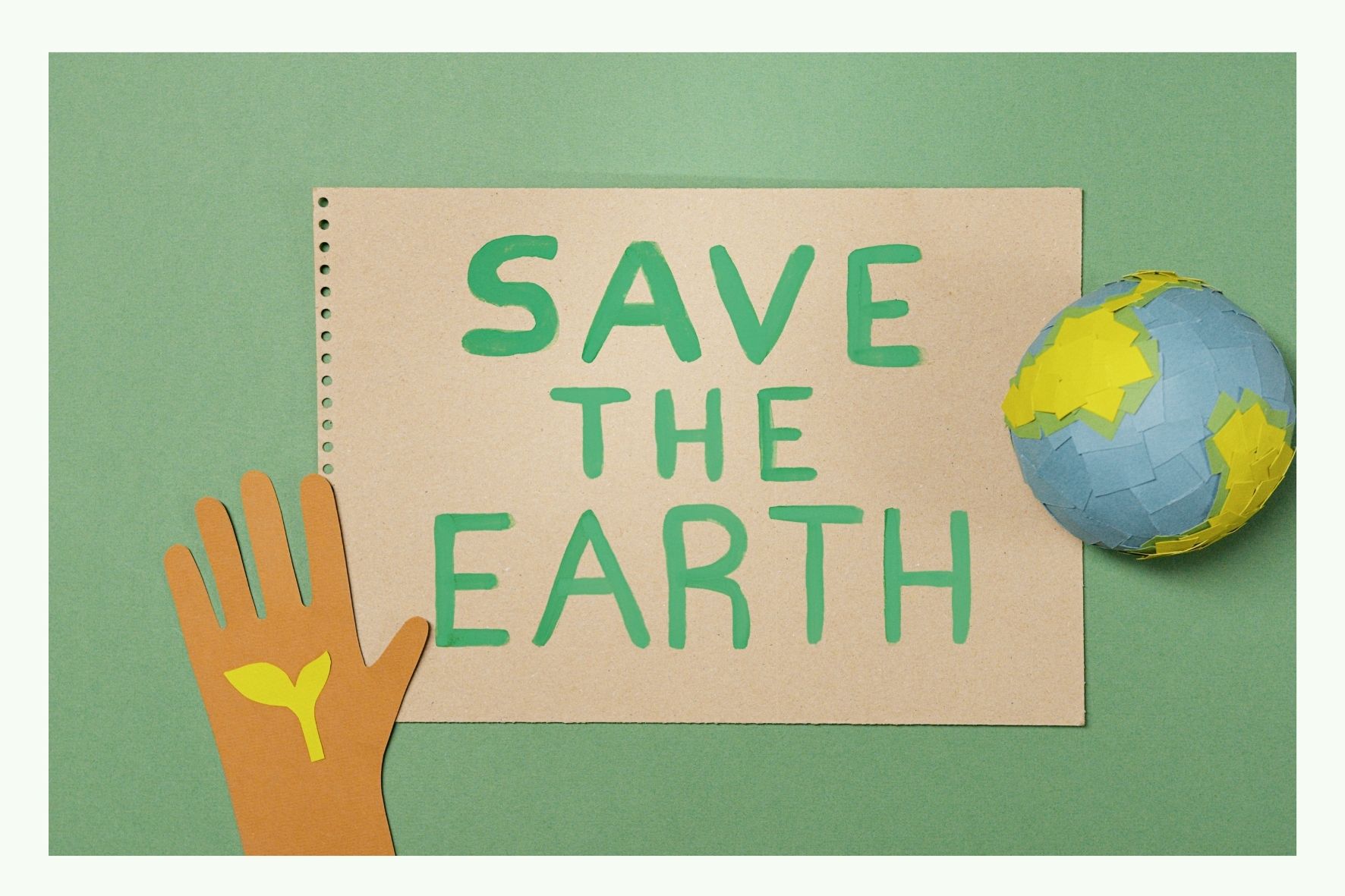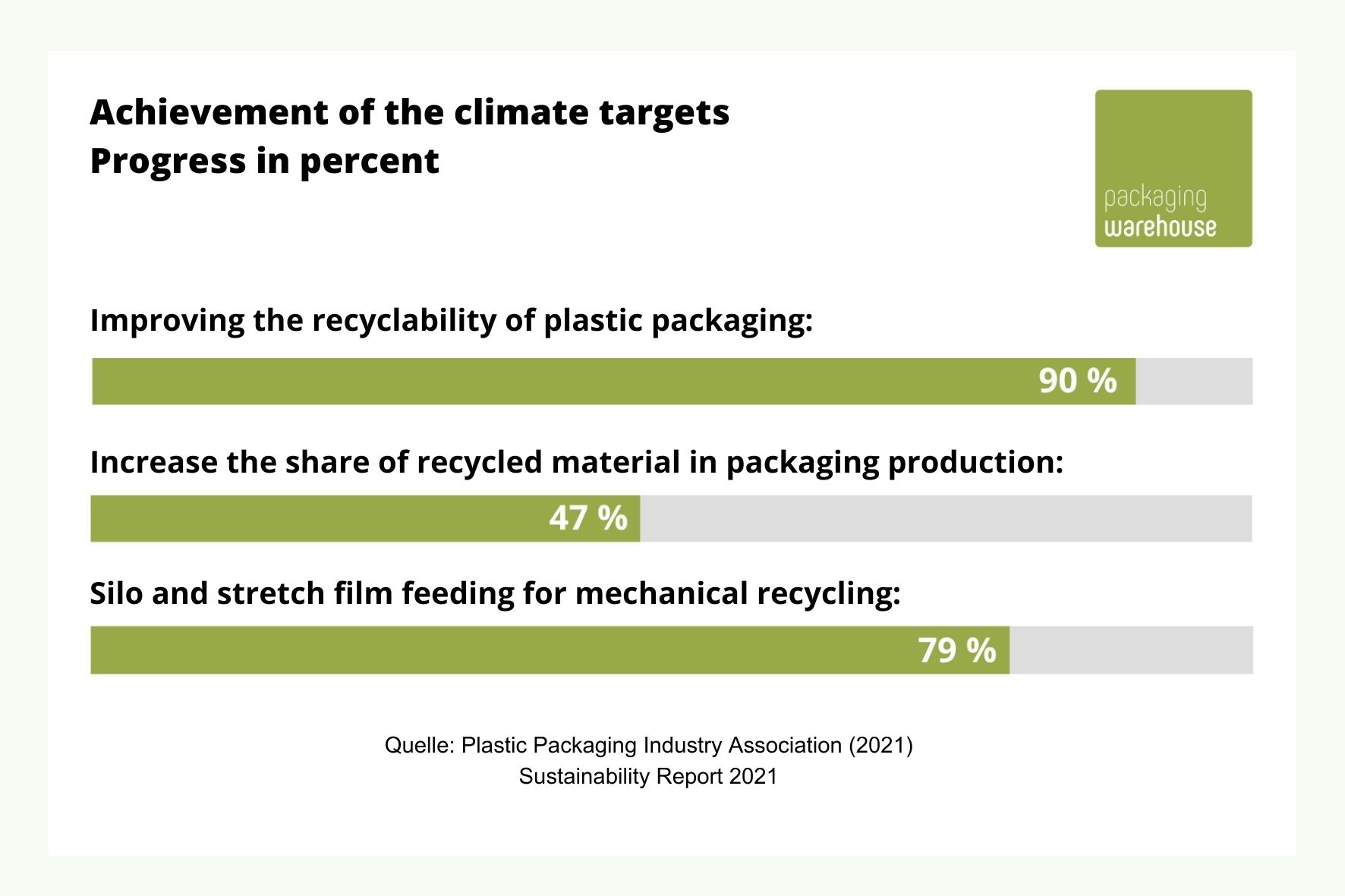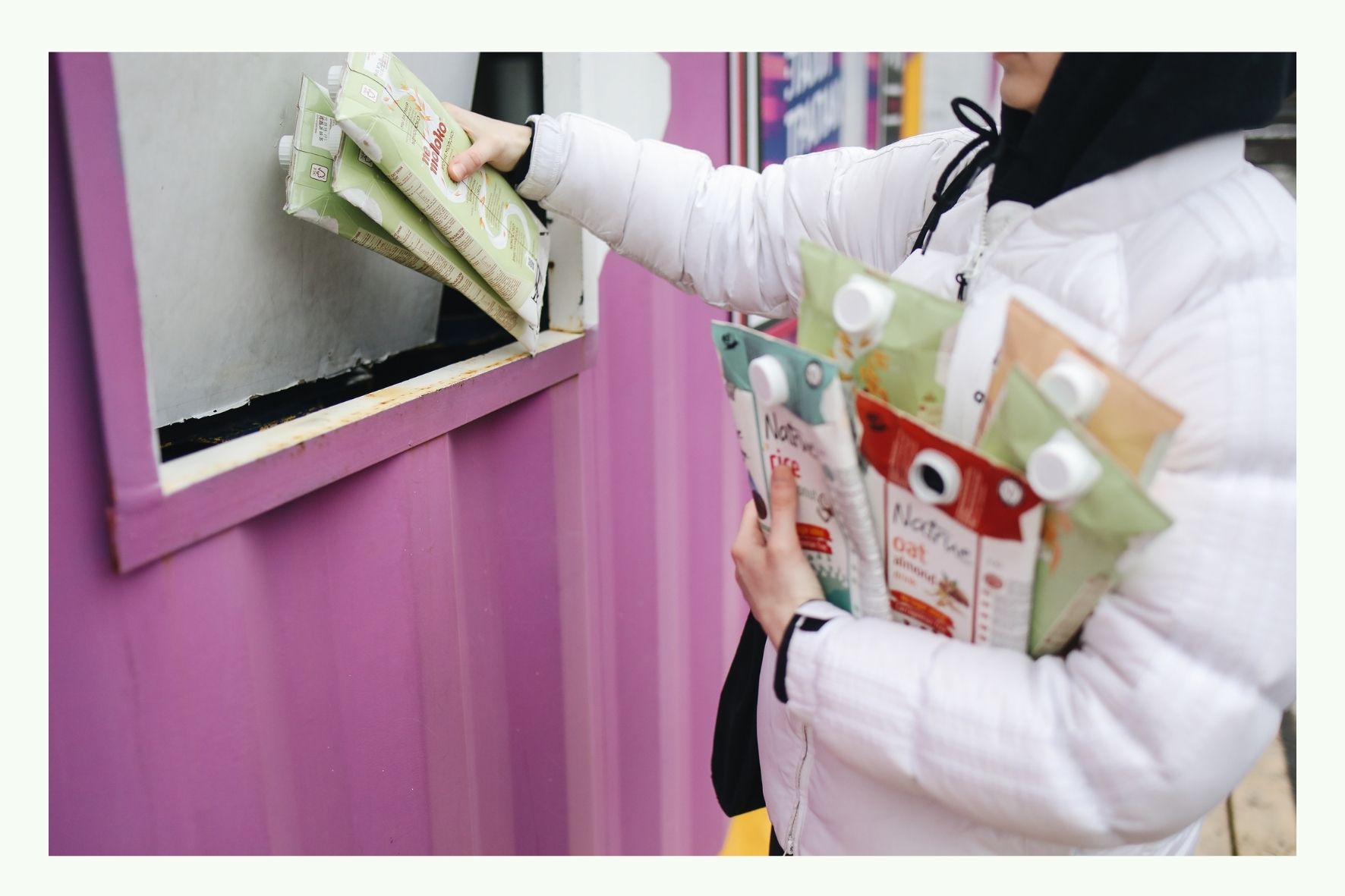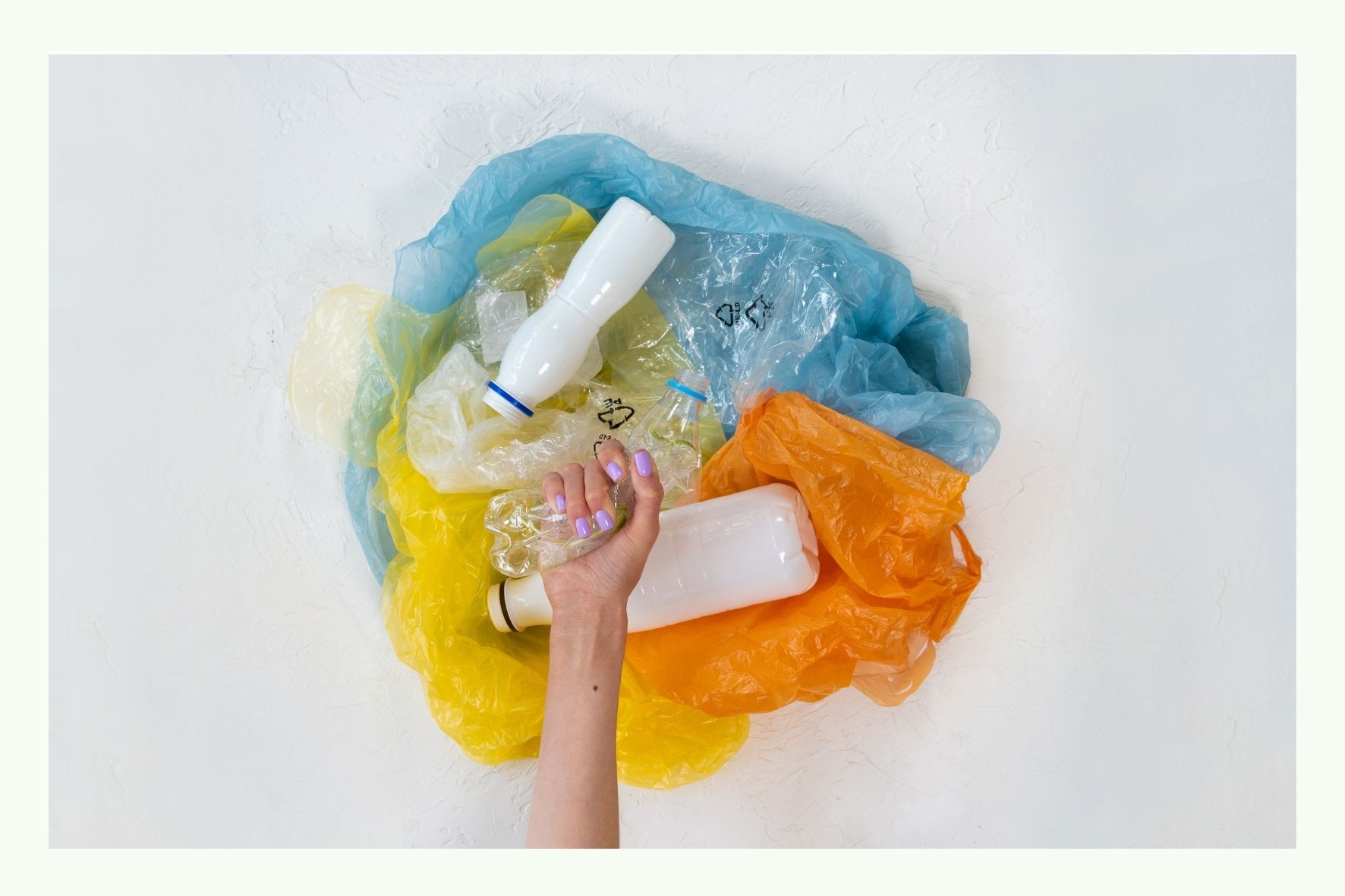Recycling: The Sustainability Report of the Plastics Packaging Industry Association


THE SUSTAINABILITY REPORT 2021
The Industrievereinigung Kunststoffverpackungen e.V. (IK) has published its fifth sustainability report, providing information on the current challenges, progress and goals in the greening of the industry.
As in previous reports, the focus is on the following five sustainability aspects:
However, the focus is particularly on climate protection and resource conservation. In 2018, specific targets were set for this area, which are to be achieved by 2025 - these are now being reviewed for the first time in an interim assessment of their progress.
The Industrievereinigung Kunststoffverpackungen e.V. (IK) has published its fifth sustainability report, providing information on the current challenges, progress and goals in the greening of the industry.
As in previous reports, the focus is on the following five sustainability aspects:
- Product protection
- Climate and resource protection
- Protection of the oceans
- Consumer protection
- Protection of competitiveness
However, the focus is particularly on climate protection and resource conservation. In 2018, specific targets were set for this area, which are to be achieved by 2025 - these are now being reviewed for the first time in an interim assessment of their progress.
THE GOALS IN CLIMATE & RESOURCE PROTECTION
Politicians have set themselves the goal of getting away from fossil fuels by 2045. This also means that plastics will have to be produced from renewable raw materials in the future. That is why the IK has also set itself concrete goals - and they are ambitious:
Politicians have set themselves the goal of getting away from fossil fuels by 2045. This also means that plastics will have to be produced from renewable raw materials in the future. That is why the IK has also set itself concrete goals - and they are ambitious:
1. Improving recyclability: by 2025, 90% of all household packaging should be either recyclable or reusable.
2. More recyclates in production: also by 2025, the amount of recycled material used in the production of plastic packaging is to increase to 1 million tons.
3. recycling of silo and stretch foils: already by the end of 2022, at least 34,000 tons of silo and stretch foils (from agricultural use) are to be recycled annually.
2. More recyclates in production: also by 2025, the amount of recycled material used in the production of plastic packaging is to increase to 1 million tons.
3. recycling of silo and stretch foils: already by the end of 2022, at least 34,000 tons of silo and stretch foils (from agricultural use) are to be recycled annually.


PROGRESS: CIRCULATION
In its sustainability report, the IK is largely optimistic that the three climate targets will actually be achieved. The proportion of recyclable or reusable household packaging, for example, has risen sharply in recent years.
Improvements were seen above all in the area of packaging subject to mandatory participation. For example, in the area of multilayer foils, non-recyclable structures are increasingly being replaced by recyclable alternatives. The use of carbon black-based pigments is also decreasing, which is particularly beneficial for automatic material sorting during recycling.
Challenges, on the other hand, remain PET tray packaging and EPS packaging in the yellow bag. The IK also sees the growing popularity of paper-based composite packaging as problematic, as it is less recyclable than pure plastic packaging.
In its sustainability report, the IK is largely optimistic that the three climate targets will actually be achieved. The proportion of recyclable or reusable household packaging, for example, has risen sharply in recent years.
Improvements were seen above all in the area of packaging subject to mandatory participation. For example, in the area of multilayer foils, non-recyclable structures are increasingly being replaced by recyclable alternatives. The use of carbon black-based pigments is also decreasing, which is particularly beneficial for automatic material sorting during recycling.
Challenges, on the other hand, remain PET tray packaging and EPS packaging in the yellow bag. The IK also sees the growing popularity of paper-based composite packaging as problematic, as it is less recyclable than pure plastic packaging.
PROGRESS: RECYCLATES IN PRODUCTION
With regard to the use of recyclates in the production of new plastic packaging, growth is also being recorded. Especially in the area of post-consumer recyclates, a strong increase is emerging - despite the generally declining consumption of virgin material.
However, the target is still a long way off. So far, not even half of the targeted amount of recycled material has been used in the production of new packaging. The biggest barriers are, on the one hand, the lack of availability of recyclates in constant quality and, on the other hand, the high legal barriers (for example, for the use of recyclates in food packaging). From a technical point of view, however, there would still be a great deal of potential. Only "moderate restrictions with regard to the aesthetic properties of the packaging and material efficiency would have to be accepted".
ADVANCED: SILO & STRETCH FOILS
In 2013, the "Industrievereinigung Kunststoffverpackungen" launched the ERDE initiative to recycle silo and stretch foils from agricultural use into plastics. According to the 2021 Sustainability Report, the goal of collecting at least 34 kilotons of the foils annually by the end of 2022 is within reach. This is because around 26.5 kilotons were already collected and fed into the circular economy in 2020 - which corresponds to just over half of the total market volume.
However, the target is still a long way off. So far, not even half of the targeted amount of recycled material has been used in the production of new packaging. The biggest barriers are, on the one hand, the lack of availability of recyclates in constant quality and, on the other hand, the high legal barriers (for example, for the use of recyclates in food packaging). From a technical point of view, however, there would still be a great deal of potential. Only "moderate restrictions with regard to the aesthetic properties of the packaging and material efficiency would have to be accepted".
ADVANCED: SILO & STRETCH FOILS
In 2013, the "Industrievereinigung Kunststoffverpackungen" launched the ERDE initiative to recycle silo and stretch foils from agricultural use into plastics. According to the 2021 Sustainability Report, the goal of collecting at least 34 kilotons of the foils annually by the end of 2022 is within reach. This is because around 26.5 kilotons were already collected and fed into the circular economy in 2020 - which corresponds to just over half of the total market volume.

CONCLUSION: IMPROVEMENT, BUT WITH GAPS
By all accounts, the plastics packaging industry is moving toward achieving two of its three self-imposed climate targets. At the same time, however, the report also highlights the weaknesses of the plastics circular economy:
According to the report, the recyclability of plastic packaging is over 80 percent. Nevertheless, only a fraction of it is actually reprocessed into new plastic packaging after its use. This is because only one tenth (0.47 million tons) of the raw material required for the production of plastic packaging (4.5 million tons) comes from recyclates.
In terms of recycling, plastic packaging is therefore far from being able to compete with its paper-based counterparts. This is because packaging such as folding cartons consists of up to 100 percent waste paper.
According to the report, the recyclability of plastic packaging is over 80 percent. Nevertheless, only a fraction of it is actually reprocessed into new plastic packaging after its use. This is because only one tenth (0.47 million tons) of the raw material required for the production of plastic packaging (4.5 million tons) comes from recyclates.
In terms of recycling, plastic packaging is therefore far from being able to compete with its paper-based counterparts. This is because packaging such as folding cartons consists of up to 100 percent waste paper.



 (1).png)
.png)
.png)
.png)
.png)
 (1).png)
.png)

 (1).png)
.png)
.png)
.png)
.png)
.png)


.png)
.png)



.png)


.png)
.png)
.png)
.png)












.png)


.png)
.png)
.png)
.png)
.png)
.png)
.png)










.png)







.png)
.png)



















































.png)











.png)

.png)















